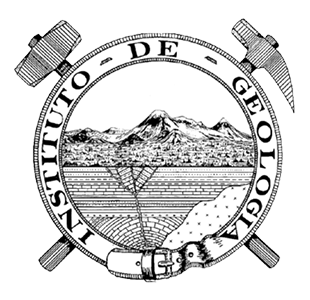Abstract
A system of Upper Cretaceous planktonic foraminiferal zonation is presented. The Upper Cretaceous is subdivided into 14 foraminiferal zones. When possible, the elaborated zonal scheme is calibrated with the ammonites zonation. The following boundaries are established based on the distribution of planktonic foraminífera: The Albian/Cenomanian boumdary is placed at the base of Zone CS-1; corresponding to the first stratigraphic appearance of Thalmanninella evoluta (Sigal). The Cenomanian/Truronian boundary, is defined at the Base of Zone CS-4, corresponding to the first evolutiouary appearance of double-keeled Hedbergelloidea. The Santonian/Campanian bonndary is defined at the base of Zone CS-8, corresponding to the first evolutionary appearance of single keeled globotruncanids.
The Campanian/Maestrichtian boundary is placed at the top of Zone CS-1 O, corresponding to the last stratigraphic occurrence of Globotruncanita calcarata. The Maestrichtian/Danian boundary is established at the top of the Zone CS-14, and corresponds to the first appearance of Globigerina eugubina.

This work is licensed under a Creative Commons Attribution 4.0 International License.







